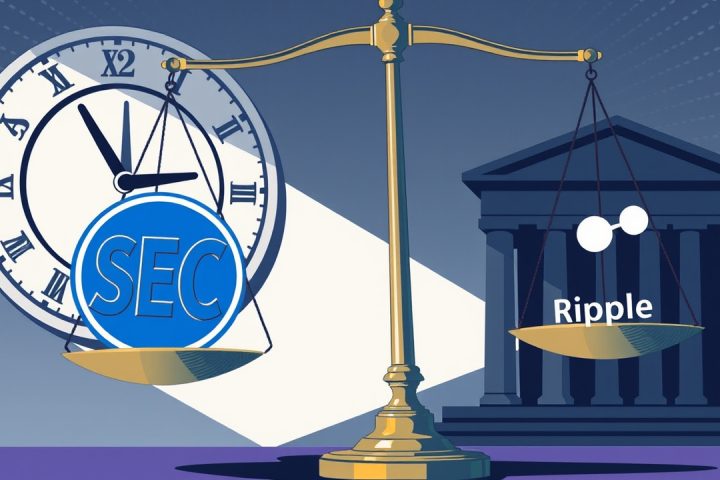The Intersection of Blockchain and AI
The intersection of blockchain technology and artificial intelligence (AI) has seen remarkable advancements in recent times, particularly with the development of blockchain explorers. These tools are increasingly leveraging generative AI to transform complex transaction data into easily understandable formats for users. As AI technologies continue to reshape various fields—from visual arts to content editing—they are now making significant inroads into the blockchain arena.
Notable Blockchain Explorers
Two prominent AI-integrated blockchain explorers are Arkham Intelligence and Blockchair, both of which offer innovative features that enhance the way users interact with blockchain data.
Arkham Intelligence
Arkham Intelligence stands out as an analytics platform that provides public access to detailed blockchain information across numerous networks including Bitcoin, Ethereum, BNB Chain, and Tron. The methodology employed by Arkham allows for the analysis of transactions and identities through advanced AI techniques, effectively linking wallet addresses to identifiable real-world entities. For instance,
an AI-generated report on a recent Binance transaction highlighted the transfer of 0.3065 BNB to a specified address, which subsequently routed these funds through Pancakeswap Router v2, all elucidating the involvement of withdrawal commands.
This capability is especially beneficial for blockchain investigators, offering a streamlined method to connect on-chain data with off-chain information, facilitating faster investigation processes compared to previous manual methods that relied on meticulous exploration of block data.
Blockchair
On the other hand, Blockchair distinguishes itself as a versatile multi-chain explorer, supporting 48 different blockchains. It also features an AI-driven assistant called Cuborg. This interactive tool engages users directly, answering questions about specific transactions. For example, when a long-dormant Bitcoin address executed its first transaction in nearly eight years—moving 94.729 BTC—Cuborg provided detailed insights and contextual information about this significant event.
Enhancing User Interaction and Transparency
As AI technology within blockchain explorers continues to evolve, the ability to interrogate cryptographic ledgers becomes increasingly user-friendly. This advancement means that anyone can pose queries and uncover relevant information almost instantaneously, enhancing expectations for transparency across various blockchain networks. Consequently, institutions like exchanges, protocols, and governmental bodies may be compelled to ensure higher levels of transparency regarding their operations.
Concerns About Privacy
However, this increasing clarity raises a significant concern about privacy. While the ability to easily access blockchain data promotes accountability, it also equips less scrupulous individuals with tools to exploit this information. The improved attribution capabilities might provoke users to seek greater anonymity through privacy-based cryptocurrencies, mixers, and innovative technologies like zero-knowledge proofs. This ongoing tension between the demand for transparency and the right to personal privacy signifies a critical debate in the blockchain community, underscoring the necessity of balancing thorough accountability with the fundamental human desire for discretion.




